Someone You Should Know: Louise Closser Hale
I was first introduced to Louise Closser Hale via one of my (many) favorite pre-Codes, Dinner at Eight (1933). She had a small part – playing the cousin of Billie Burke’s flighty hostess – but she was an unforgettable presence, making the most of her limited scenes and imbuing her lines with sardonic humor.
I didn’t know that it would be her last major screen performance.
In subsequent years, as I fell in love with pre-Code movies, I’d always be heartened by the presence of the white-haired Louise in a film; always playing characters that were older than her real-life years, she was rarely the star, but you always knew she was there. And even if the film was no great shakes, you could count on Louise to elevate it just a little higher. Sadly, her name doesn’t exactly prompt smiles and nods of recognition throughout the classic film community.
I’m here to remedy that today.
Louise entered the world on October 13, 1872, one of three girls born to Joseph, a grain dealer, and his wife, Louise Paddock Closser. (Oddly, there’s a discrepancy over whether the future actress was born in Chicago or Springfield, Massachusetts.) After studying at New York’s American Academy of Dramatic Art and Boston’s Emerson College of Oratory, Louise made her stage debut in 1894 in Detroit and continued to hone her skills in stock companies during the next several years. Just before the turn of the century, she married artist and actor Walter Hale, adding his last name to her own to complete her stage name.
Louise made her Broadway debut in 1900 in Arizona, a production that also featured her new husband, and in her next Broadway production, George Bernard Shaw’s Candida (1903), she earned raves for her performance as Miss Proserpine Garnett. During the next three decades, she would appear in close to 30 stage productions in the United States as well as London, including Peer Gynt (1923), in a cast that included Edward G. Robinson. During those years, Louise started a second career as a writer, penning several novels, plays, short stories, and books and articles on travel; a number of the latter were illustrated by her husband, Walter. Sadly, Walter would die of cancer in 1917 at the age of 48.
Alongside her creative pursuits, Louise found time for activism, and was a passionate supporter of the suffrage movement. In 1917, shortly before the United States entered World War I, she joined with six fellow suffragists and artists of the theater – including actress Josephine Hull and playwright/director Rachel Crothers – to form The Stage Women’s War Relief, which was designed to support the troops. The organization eventually raised more than $7 million for American soldiers, making it one of the most noteworthy relief organizations in the world.
Louise turned her sights to Tinseltown in 1929 and, after first appearing in The Hole in the Wall (1929), a mystery starring Claudette Colbert, she found herself in near constant demand. In the next five years, she would appear in 30 feature length films – many are among my favorites from the pre-Code era, which I’ll discuss in detail below.
As I previously mentioned, other than an uncredited role as a dinner guest in the Marx Brothers’s Duck Soup (1933), Dinner at Eight was Louise’s last movie. Not long after filming her part, Louise was overcome by heat on July 25, 1933, while doing some shopping in Hollywood. Sources vary as to whether she went on to suffer a stroke or a heart attack, but regardless of the cause, she died the following day at L.A.’s Monte Sano Hospital. She was 60 years old.
In Louise’s will, she’d indicated that she wanted a simple, inexpensive Episcopalian funeral service and that her body should be cremated at the end of the service. The will also directed that “no friend or kin accompany the body further than the church door,” and added, “If I live in the memory of my friends, I shall have lived long enough.” Her ashes were interred in Hollywood Forever Cemetery and her estate was left to relatives and charities.
If you’re not familiar with Louise Closser Hale’s work, I’ll hope you’ll make it a point to seek her out in some of the first-rate films below:
Platinum Blonde (1931)
This film stars Robert Williams as Stew Smith, an enterprising newspaper reporter who’s so blinded by his fancy for a beautiful society dame, played by Jean Harlow, that he’s unable to see that he really belongs with his co-worker pal, Gallagher (Loretta Young). Louise is hilarious as Harlow’s pretentious mother, who is horrified when she learns that her daughter and Stew are married: “It’s a good thing your father passed away before he saw insanity had ravaged the family,” she declares dramatically. “I object violently to this whole affair!”
Shanghai Express (1932)
On hand primarily for comic relief in Shanghai Express, Louise plays a snooty boardinghouse owner, one of a multitude of quirky characters aboard the train of the film’s title. She spends most of her screen time either excitedly worrying over the beloved dog she snuck aboard in a basket, or excitedly worrying over her own fate. (I should never have made this journey,” she frets.) Other passengers include Shanghai Lily (Marlene Dietrich), who has “wrecked a thousand men up and down the China coast,” her former lover, Captain Donald Harvey (Clive Brook), and her fellow “coaster” (an unusual euphemism for a prostitute), Hui Fei (Anna May Wong). Also on board is Henry Chang (Warner Oland), a Chinese rebel leader whose troops hijack the train in the dead of night and set the film’s conflict in motion.
Letty Lynton (1932)
Joan Crawford is the title character who, after living in Uruguay for several years as the mistress of playboy Emile Reinaul (Nils Asther), decides to put herself first and give him the air. (And she means it this time!) She boards a steamship to return to the states, and during the two-week voyage, she meets and falls for Jerry Darrow, a wealthy American (Robert Montgomery). Unfortunately for all concerned, Emile’s smarminess is exceeded only by his determination, and he follows Letty, bent on taking her back home with him. Louise is on hand as Letty’s slightly ditzy, anxiety-prone, but completely loyal maid, Miranda. In her first scene, when Emile walks in on Miranda packing Letty’s trunk, Miranda nervously denies that the two are “running away again” and actually stands in front of the open trunk, as though this move will successfully block it from Emile’s view. It’s obvious that Miranda has been in Letty’s employ for a number of years; she’s obviously devoted to her, and there’s a sense of love between the two women that’s always touching.
The Barbarian (1933)
This feature stars Ramon Navarro in the title role of an Egyptian guide, Jamil, who supplements his income by romancing the wealthy women who visit his country. When he spies a beautiful socialite, Diana Standing (Myrna Loy), at the train station in Cairo, he is instantly drawn to her, and takes every opportunity (and there are many) to ingratiate himself into her life – from swiping (and later returning) her dog, to sneaking into her bedroom to toss orchids over her while she’s sleeping, and constantly serenading her with an Arabic love song. All this, incidentally, is carried out despite the presence of Diana’s soon-to-be husband (Reginald Denny at his supercilious best). Louise plays Powers, Diana’s protective and devoted traveling companion, who provides most of the film’s few laughs. In one scene, where an Egyptian helps her climb the Pyramids by shoving her from behind, Powers strenuously objects: “Nobody on earth knows me that well!” And, later, on a caravan through the desert, she’s thrown by her camel and literally gets bitten in the butt. When Diana asks her if she’s hurt, Powers replies, childlike: “My feelings are.”
Another Language (1933)
Louise has one of her biggest—and most unpleasant – roles in this film, playing a clinging, self-absorbed mother who is determined to destroy her son’s marriage. As the film opens, her son, Victor Hallam (Robert Montgomery), has met and married budding artist Stella (Helen Hayes) during a European vacation. The first red flag pops up when nearly everyone in Victor’s family – except his mother – shows up to greet the couple at the boat dock. “You must realize,” his brother Paul explains, “that your elopement was a big shock to her.”
We finally get to meet Mother Hallam in her kitchen, indulging in some kind of sweet treat. At the sound of her son’s entrance to her home, she hurriedly rids herself of the morsel and in an eye-blink, adopts the sickly, put-upon veneer of the martyr. Throughout her introduction to her new daughter-in-law, she’s continually throwing shade (as the kids say), remarking on how tired her son looks, complaining about the size of the large bouquet of flowers that Stella gives her, and then pooh-poohing Stella’s idea to put the flowers in the umbrella stand (“Your Stella wants her own way,” she grouses.) As the years go by, Mother Hallam’s feelings toward Stella don’t get any softer – a typical exchange takes place during a family dinner when another daughter-in-law admires Stella’s expensive-looking hat. “Stella knows how to buy,” Mother Hallam says. And when Stella reveals that she made the hat, Mother Hallam doesn’t miss a beat: “Nice that Stella has the time to sew . . . for herself.”
Dinner at Eight (1933)
This outsanding feature stars a mélange of MGM stars, including Jean Harlow, John and Lionel Barrymore, Wallace Beery, and Marie Dressler. Here, Louise plays my favorite of all her roles – Hattie Loomis, the cousin of shallow socialite Millicent Jordan (Billie Burke), whose all-important dinner party is the event of the film’s title. Once again, Louise’s role in the cast is a comedic one, and she delivers. When we first meet Hattie, she is arriving at Millicent’s home amidst the frantic planning for the dinner party, to which Hattie, incidentally, is not invited. Hattie takes this snub in stride, though, matter-of-factly commenting, “No need to apologize. A cousin is a cousin.” But later, when Millicent learns that one of the invitees can’t come, thereby throwing off the number of guests, Hattie can’t help but flash a barely concealed smirk when she says, “I never could understand why it has to be just even, male and female. They’re invited for dinner, not for mating.”
These films offer just the tip of the iceberg of memorable Louise Closser Hale performances – some of her other excellent features include New Morals for Old (1932), Faithless (1933), and The White Sister (1933). Do yourself a favor and get to know her.
You’ll be glad you did.
~ by shadowsandsatin on October 24, 2022.
Posted in Pre-Code Films, Pre-Code Performers
Tags: Another Language, Dinner at Eight, Louise Closser Hale, pre-code, pre-code actresses, Pre-Code Films, Shanghai Express, The Barbarian











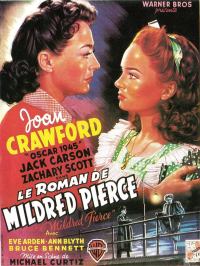




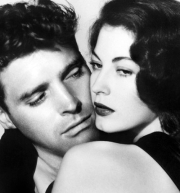













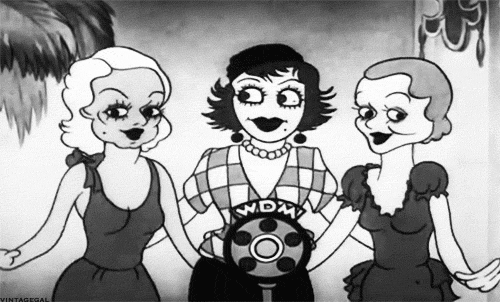
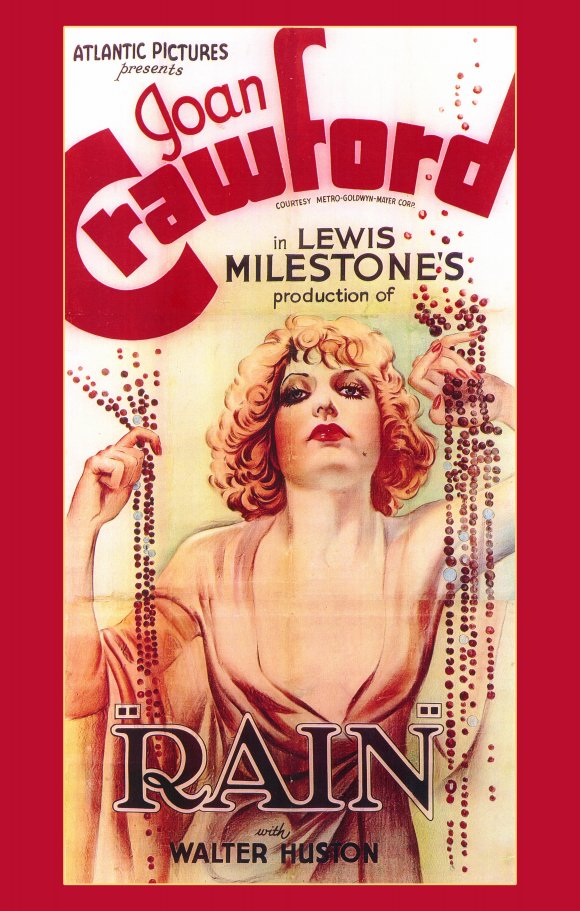

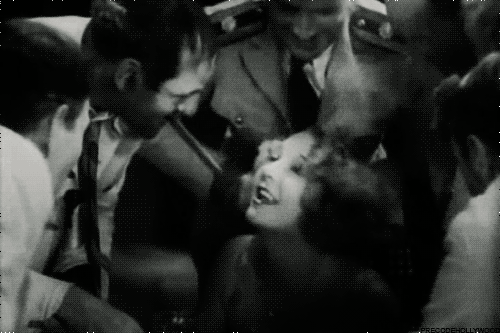
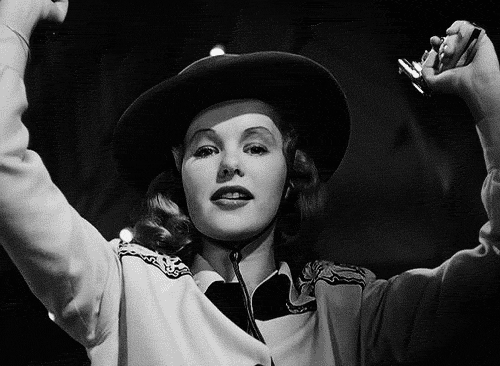

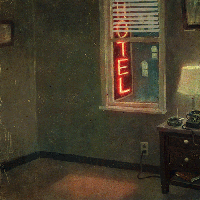
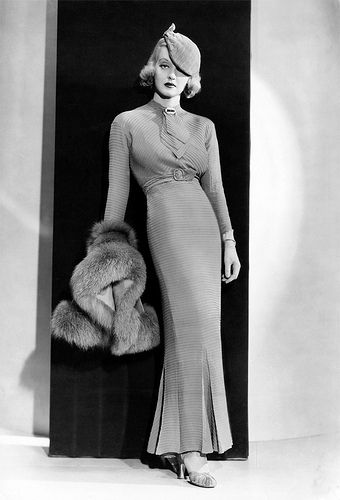


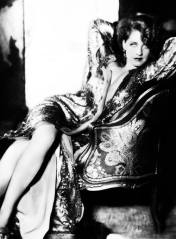
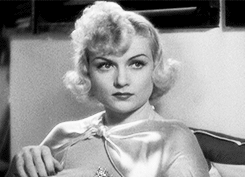






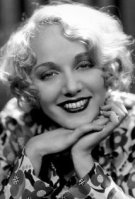
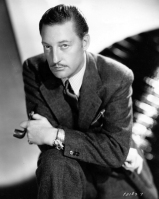
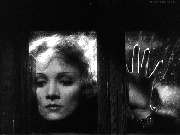


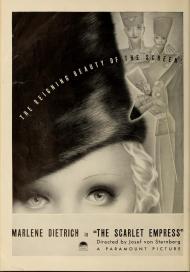
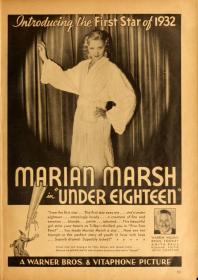
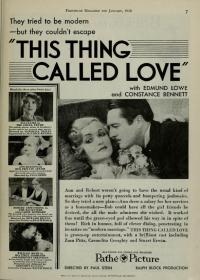


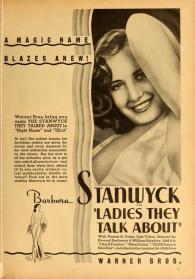


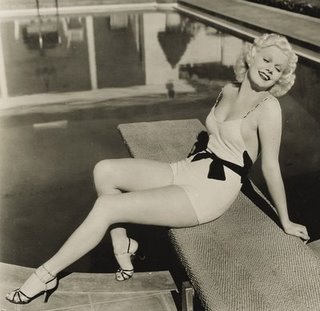




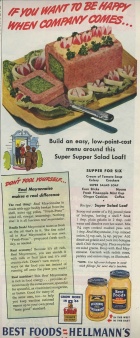
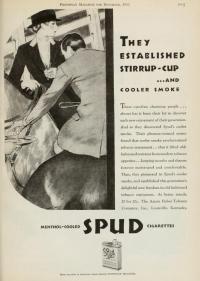

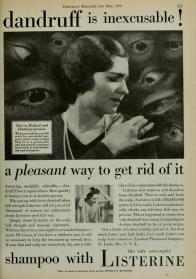
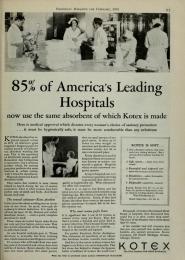
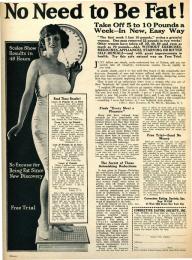


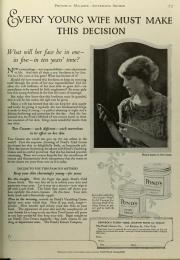
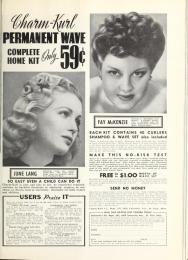
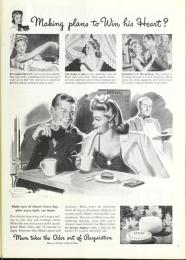


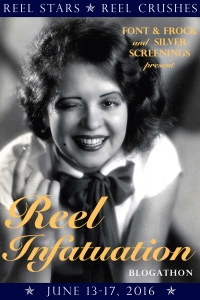

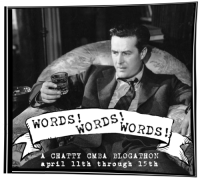

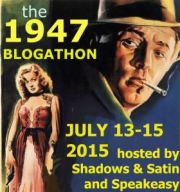
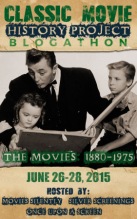


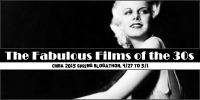
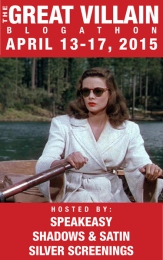

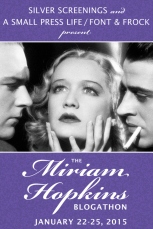
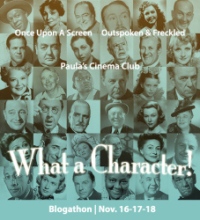
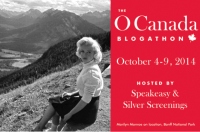



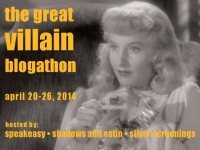
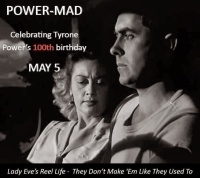


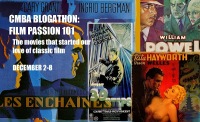
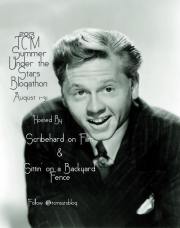
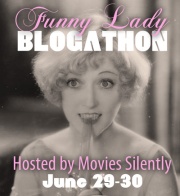




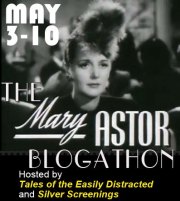


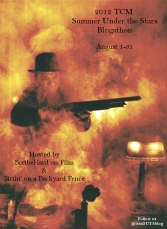


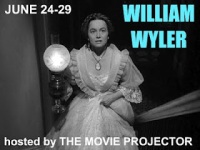

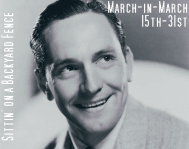
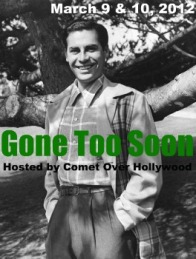


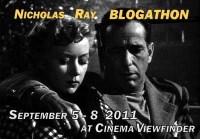

Louise really did make the most out of her roles, didn’t she? I always wish she had a litttttle more screen time.
I feel the same way. I originally planned to include an additional film in this list — New Morals for Old — but as it turned out, she was only in one scene and only had a few lines. Such a waste!